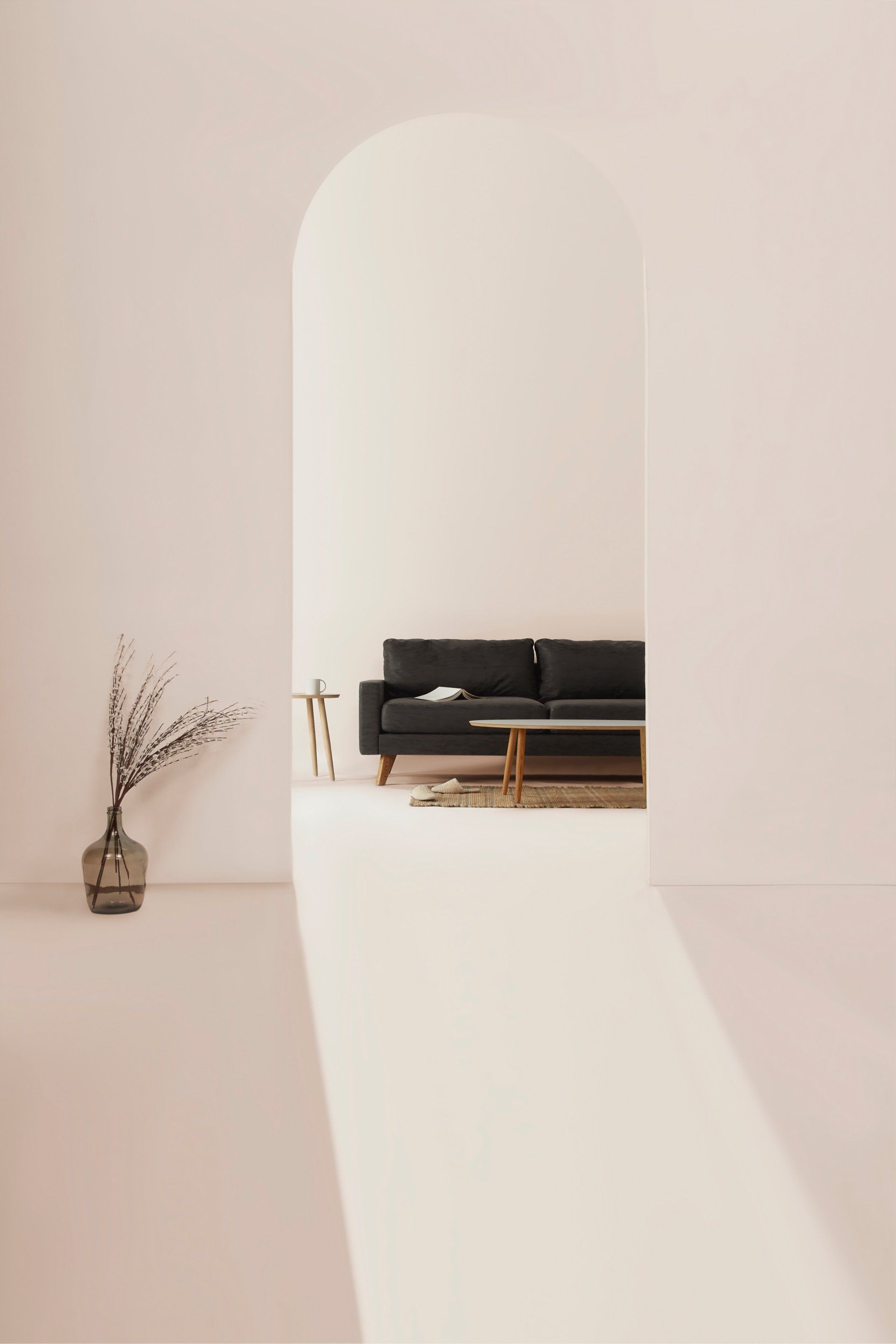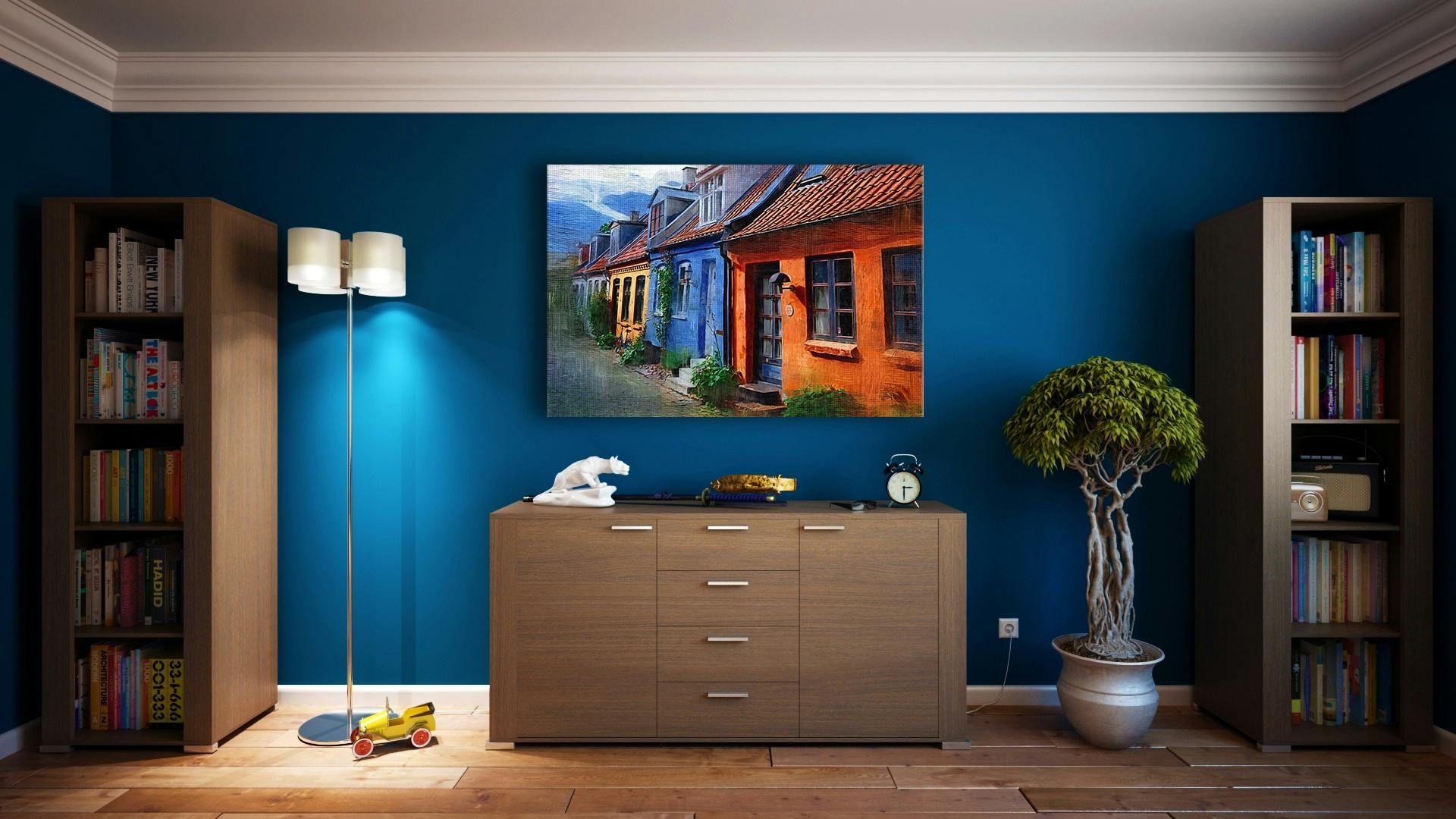The living room is often considered the heart of the home—a space for relaxation, entertainment, and gathering with loved ones. Choosing the right colour scheme for this important room can set the mood and create a welcoming environment. With so many options available, it can be overwhelming to decide on the perfect palette. Here’s a step-by-step guide to help you choose the ideal colour scheme for your living room.
City skyline
1. Understand the Purpose of the Space
Before diving into colour selection, consider the function of your living room. Is it primarily a space for relaxation, entertaining guests, or perhaps a combination of both? The purpose will guide your colour choices. Softer, neutral tones can create a serene atmosphere for relaxation, while bold colours may energise the space for social gatherings.
2. Consider Existing Elements
Take stock of the existing elements in your living room, such as furniture, flooring, and fixtures. These elements can influence your colour choices. For example, if you have a vibrant sofa or artwork, you may want to choose complementary colours for the walls that enhance these features without overwhelming them. Similarly, consider the colours of your flooring; a light wood floor may pair well with warm or cool shades.
3. Explore Colour Psychology
Understanding colour psychology can be beneficial when selecting a colour scheme. Different colours evoke different emotions and responses. For instance:
- Blues: Promote calmness and relaxation.
- Greens: Create a sense of balance and harmony.
- Yellows: Energise and uplift the mood.
- Reds: Encourage conversation and create warmth.
- Neutrals: Offer versatility and elegance.
Keep these associations in mind as you make your choices to ensure your living room reflects the mood you want to create.
4. Create a Focal Point
A focal point can help anchor your colour scheme and add interest to your living room. This could be a feature wall, a fireplace, or a statement piece of furniture. Once you identify your focal point, select colours that complement and enhance it. This way, your chosen palette will harmonise throughout the room.
5. Use the 60-30-10 Rule
A useful guideline in interior design is the 60-30-10 rule, which divides the colour scheme into percentages:
- 60%: Dominant colour (usually the walls).
- 30%: Secondary colour (furniture, curtains).
- 10%: Accent colour (accessories like cushions, artwork, or decorative items).
This approach ensures a balanced and cohesive look while allowing for personality through accent colours.
6. Test Samples
Before making any final decisions, it’s essential to test colour samples in your living room. Paint small sections on the walls or use large swatches to see how the colours interact with your space and lighting throughout the day. Observe how the colours appear at different times—natural light versus artificial light can dramatically change your perception of a colour.
7. Consider Lighting
Lighting plays a significant role in how colours appear in a room. Natural light can bring out the warmth in colours, while artificial lighting can alter hues. Take note of how much natural light your living room receives and consider using warm or cool light bulbs accordingly.
8. Stay True to Your Personal Style
Ultimately, your living room should reflect your personal style and preferences. Don’t be afraid to incorporate colours that resonate with you, even if they aren’t the latest trends. Think about the colours you are naturally drawn to and how they can create a space that feels like home.
City skyline
Choosing a colour scheme for your living room can be a fulfilling and creative process. By considering the purpose of the space, existing elements, colour psychology, and personal style, you can create a harmonious and inviting environment. Take your time, experiment with samples, and trust your instincts. With careful consideration, you’ll find the perfect colour palette that makes your living room a delightful retreat for you and your guests. Happy decorating!










